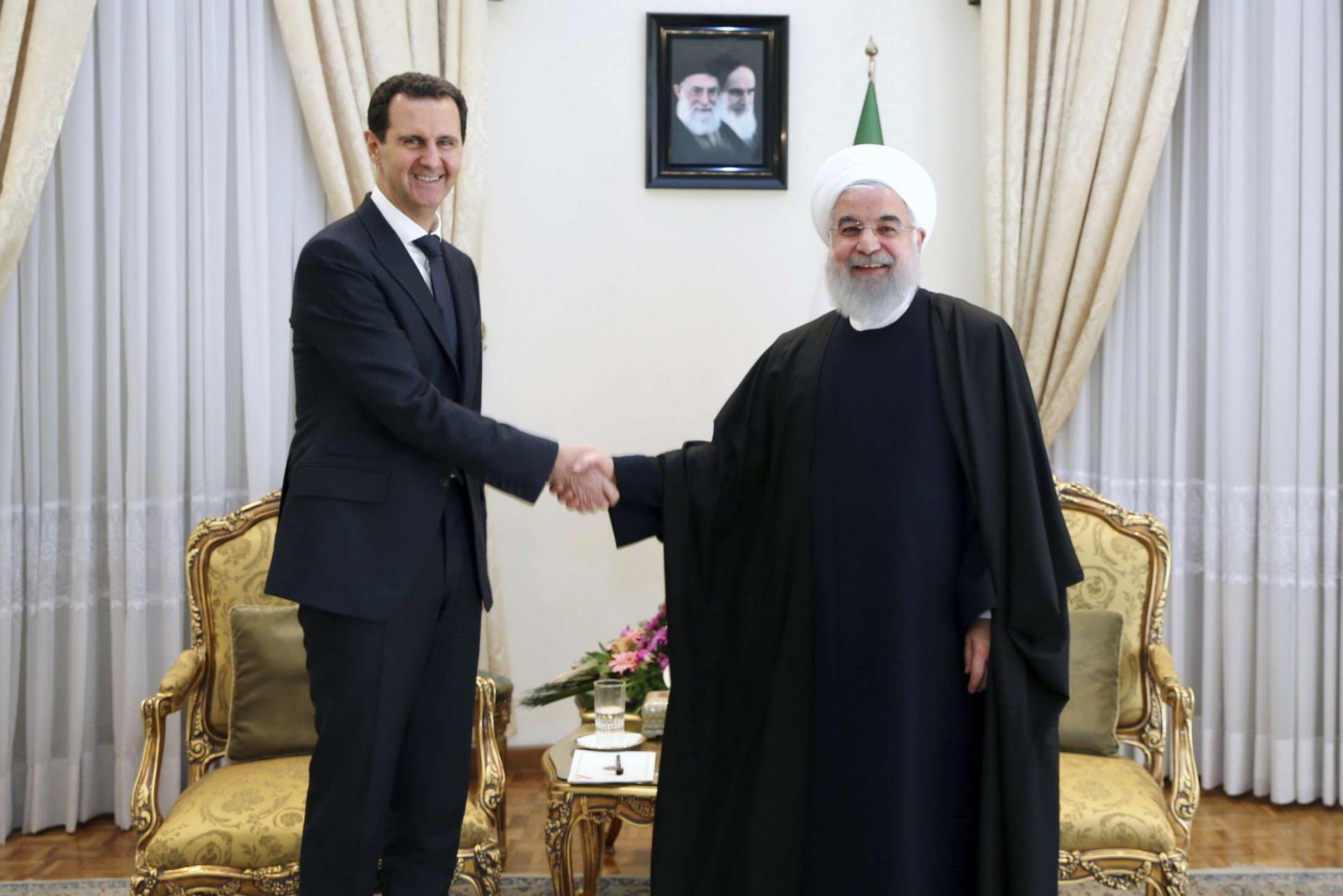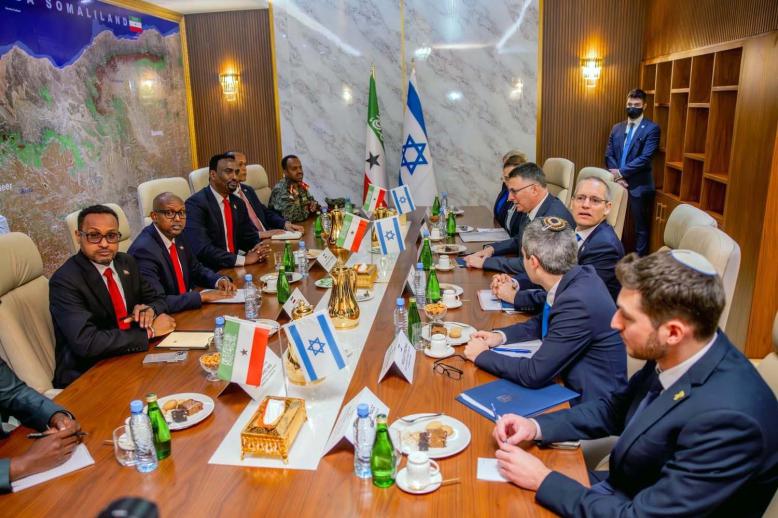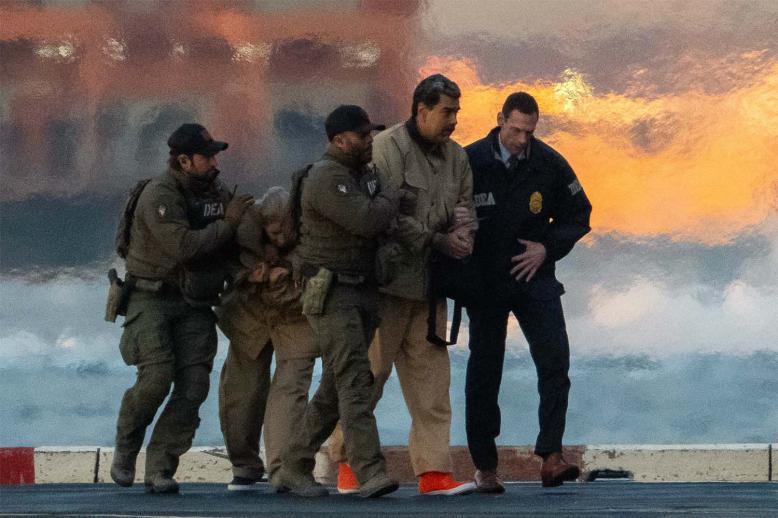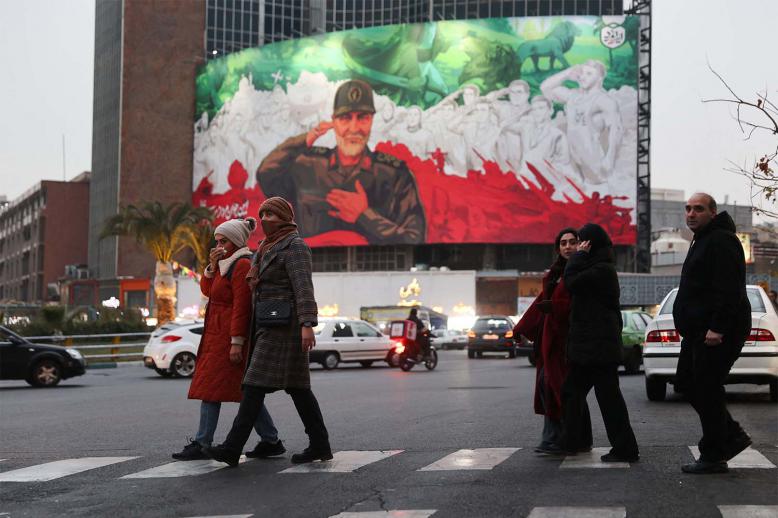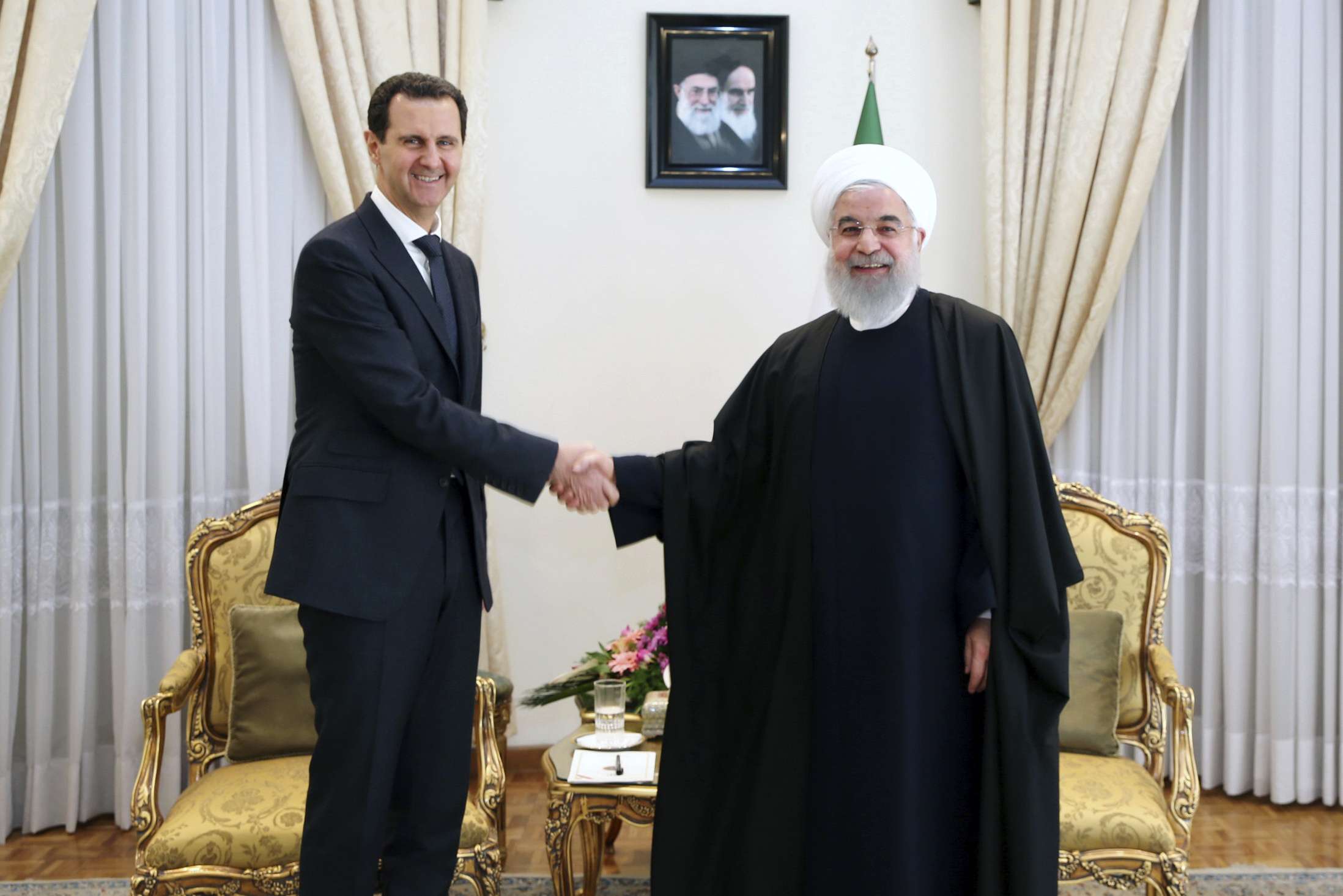Despite Assad’s welcome, Iran can be of little help to Damascus
Syrian President Bashar Assad’s visit to Iran was hardly a shock. His profuse thanks, relayed to Iranian Supreme Leader Ayatollah Ali Khamenei, reflect Tehran’s considerable assistance in deflecting challenges to his rule during an 8-year war.
Russian air power has been more decisive since 2015 and cost more lives but Iran’s commitment of ground forces involved high sacrifice. The 1,000 losses Tehran admitted to in 2016 probably included recruits from Pakistan and Afghanistan but its casualty list contained a high proportion of officers.
Iran spoke at first of protecting Shia shrines, especially Sayida Zaynab, the mausoleum of Imam Hussein’s sister, near Damascus but its deployment, alongside Lebanese ally Hezbollah, mushroomed by 2013 as Syria’s Ba’ath regime faced serious danger.
In Tehran, Khamenei called Assad “the hero of the Arab world” and reiterated “support for the resistance movement… [of which Iran was] proud from the bottom of its heart.”
After this, Tehran may be of limited help. Several proposals announced during Assad’s visit were previously agreed when Iranian First Vice-President Eshaq Jahangiri visited Syria in January with a political and business delegation.
Iranian President Hassan Rohani promised assistance with reconstruction and repatriation of the displaced but many of the 1.5 million refugees in Lebanon appear well-settled and may not be tempted by an uncertain future in Syria.
Some analysts exaggerated Iran’s financial contribution to Syria during the conflict, linking it to popular Iranian resentment over funds sent abroad. The Foundation for the Defense of Democracies claimed a $10 billion-15 billion annual figure. In fact, Tehran opened a credit line of $4.6 billion, for oil as well as military assistance. Its economy, facing stringent US sanctions, is in recession.
“Iran does not have the means to seriously help with Syria’s reconstruction,” said Mehrzad Boroujerdi, professor of political science at Syracuse University. “[In late February] Iranian officials announced they will build 200,000 homes in Syria but in the larger scheme of things this is relatively little.”
Damascus-Tehran relations are unusual. Syria was an important ally in Iran’s 1980-88 war with Iraq but bilateral trade never grew beyond the $542 million achieved in 2010-11. Attempts to foster cultural relations remained limited beyond Iranian religious tourists.
With pleasantries in Tehran completed, Assad’s international focus will be elsewhere. The United Nations puts reconstruction costs at $250 billion and Syrian government estimates are at $400 billion.
European leaders oppose investment without political change. While US President Donald Trump’s “America First” rhetoric and decision to withdraw US troops from Syria illustrate his unpredictability, the United States looks to be an unlikely monetary benefactor.
“Knowing that Iran can’t give them much, I expect Assad to play the rival’s card to get funds elsewhere,” said Boroujerdi. “If he manages to get money from the GCC [Gulf Cooperation Council] states it may come on the condition that work is not subcontracted to the Iranians. Turkey will eye major construction projects with its robust construction industry, which is also the financial backbone of the AKP [Turkey’s ruling Justice and Development Party].”
While Syria cannot expect early readmission to the Arab League, some argue this may be a matter of timing and conditions. Oman never severed diplomatic relations. The United Arab Emirates in December announced the reopening of its Damascus Embassy and resumption of flights, while Kuwait said it awaited Arab League approval.
Not long ago, Saudi Arabia engaged pragmatically with Syria. With Iran playing a more limited role, Saudi Arabia and Syria shaped Lebanon’s new order after the 1975-90 war. In 2000, a Saudi consortium announced the first significant foreign investment — $100 million — of Assad’s presidential tenure. Politically, Riyadh looked to both Assad and his father, Hafez, to restrain Hezbollah, while Damascus never allowed “resistance” in the Israeli-occupied Golan.
Saudi-Syria ties survived the 2005 Beirut assassination of former Lebanese Prime Minister Rafik Hariri, which led to Syria’s troop withdrawal from Lebanon. It was only in August 2011, as Syria’s “Arab spring” faced increasing force, that Riyadh withdrew its ambassador, began supporting the armed opposition and, in February 2012, broke off diplomatic relations.
Seven years on, the Saudis are under no immediate pressure to restore relations. The Syrian war still simmers even though it is probably past its height. Khamenei warned Assad of US “plots…[including] a buffer zone” apparently along the Turkish border. Ankara prefers its own security strip to restoring Assad’s rule there.
January brought reports of clashes in Sahel al-Ghab, near Hama, between Russian and Iran-backed factions. Another complication is Israeli concern over Iranian and Hezbollah military activities, which has led to its air strikes since 2013.
The tricky, but crucial, question for Arab leaders is whether and how to court Assad to balance Iran’s influence. Anwar Gargash, UAE minister of state for foreign affairs, said at a recent Washington briefing it was a “disaster” that “in the last seven years there has been absolutely zero Arab influence in Syria.”
Gareth Smyth has covered Middle Eastern affairs for 20 years and was chief correspondent for The Financial Times in Iran.
This article was originally published in The Arab Weekly.


